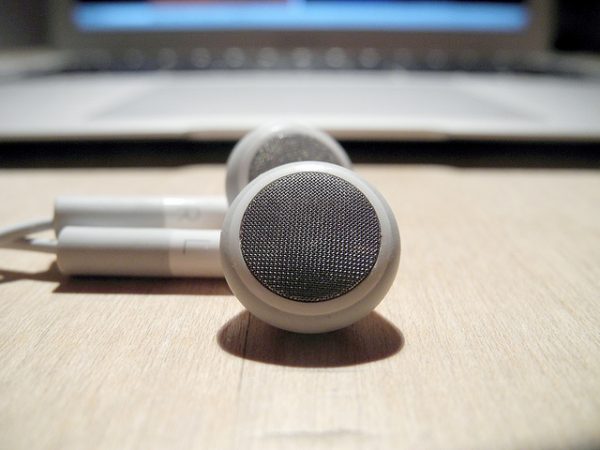This Week in Pods

Photo credit: Daniel Novta, CC BY 2.0.
I wanted to let you know that I recently launched a podcast called Writing & Money, in which I help listeners earn more money from their writing.
If you’re interested in the podcast, that’s great! I’d love to have you as a listener. Some episodes will be free, but most will be subscription-only. (Subscriptions are $1 per month.)
If you’re more interested in the finances of how one creates a podcast, here’s what I’ve learned so far:
I decided to start the podcast after listening to Lucy Bellwood’s Creative Mornings talk. She’s got this exercise where she asks you to combine your various skills into a unique job title—hers is “Adventure Cartoonist”—and when I did the exercise I came up with “Financial Storyteller,” which is exactly what I’m doing on this podcast: telling stories that help people understand how to pitch or how to write quickly.
I also started the podcast because I wanted a faster way to income than, say, in-person or online teaching. I’m still planning on doing more teaching in 2018, but both in-person and online work will require some extra effort on my part; I’ll need to get to know area schools, I’ll need to buy and set up a quality video rig, etc.
But a podcast… I could just record that, right? With my Blue Yeti microphone? And then ask people to pay $1 per month to subscribe?
Right. Um. Here’s what I’ve learned.
I do think the $1 per month figure is right. Yes, more and more podcasts are going subscription-only, and yes, I am currently subscribed to a podcast that charges $1 per episode and I feel like that’s a little much. If we’re going to live in a world where everything costs a dollar—and I do think that’s where we’re headed, so be prepared—then I want to provide as much value for your dollar as possible. (Especially if you’re a freelancer who might not be earning a lot of money yet.)
But a $1 per month subscription means that I’ll need a lot of subscribers before I see any significant change to my own income.
I’m only doing two 15-minute episodes every month, so it’s not like this is a particularly time-consuming project. But I’ve also quickly learned that my DIY podcasts don’t sound as good as the more professionally produced podcasts out there, which… could be fine, depending on the audience, but I’ve had enough people tell me that my content is excellent and my teaching style is excellent and I kinda want my audio to be excellent too.
Which means money.
(It always means money.)
Even if I figure out how to DIY better audio instead of paying someone else, I’ll still need to invest in a pop filter and probably some sound absorbers and the usual stuff that all the other podcasters have. There are ways to do this on the super-cheap—like throwing a blanket over my head and the microphone—but I’m currently cost-benefit analyzing whether I’d get more subscribers if I paid someone to give me really nice audio or whether, at just $1 per month per subscriber, I should be focusing on the best way to arrange my blanket.
Anyway, that’s what I’m thinking about at the moment: how doing something well nearly always involves at least some cash, and how I might have underpriced this podcast. Should I have waited to release the first few episodes until I got the audio right? Should I have done the thing where all of the episodes are free but people can give me monthly pledges if they like the podcast?
I don’t know.
What I do know is that I put a podcast out into the world, and the content (according to my listeners) is GREAT, and now I have to iterate and optimize the rest of it.
Support The Billfold
The Billfold continues to exist thanks to support from our readers. Help us continue to do our work by making a monthly pledge on Patreon or a one-time-only contribution through PayPal.
Comments